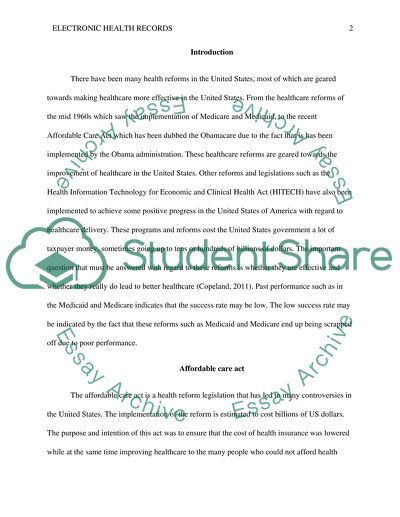Cite this document
(“Electronic Health Records - Has the Affordable Care Act, Meaningful Term Paper”, n.d.)
Electronic Health Records - Has the Affordable Care Act, Meaningful Term Paper. Retrieved from https://studentshare.org/health-sciences-medicine/1661872-electronic-health-records-has-the-affordable-care-act-meaningful-use-and-incentives-helped-where-are-we-with-ehr-compliance-meaningful-use
Electronic Health Records - Has the Affordable Care Act, Meaningful Term Paper. Retrieved from https://studentshare.org/health-sciences-medicine/1661872-electronic-health-records-has-the-affordable-care-act-meaningful-use-and-incentives-helped-where-are-we-with-ehr-compliance-meaningful-use
(Electronic Health Records - Has the Affordable Care Act, Meaningful Term Paper)
Electronic Health Records - Has the Affordable Care Act, Meaningful Term Paper. https://studentshare.org/health-sciences-medicine/1661872-electronic-health-records-has-the-affordable-care-act-meaningful-use-and-incentives-helped-where-are-we-with-ehr-compliance-meaningful-use.
Electronic Health Records - Has the Affordable Care Act, Meaningful Term Paper. https://studentshare.org/health-sciences-medicine/1661872-electronic-health-records-has-the-affordable-care-act-meaningful-use-and-incentives-helped-where-are-we-with-ehr-compliance-meaningful-use.
“Electronic Health Records - Has the Affordable Care Act, Meaningful Term Paper”, n.d. https://studentshare.org/health-sciences-medicine/1661872-electronic-health-records-has-the-affordable-care-act-meaningful-use-and-incentives-helped-where-are-we-with-ehr-compliance-meaningful-use.


